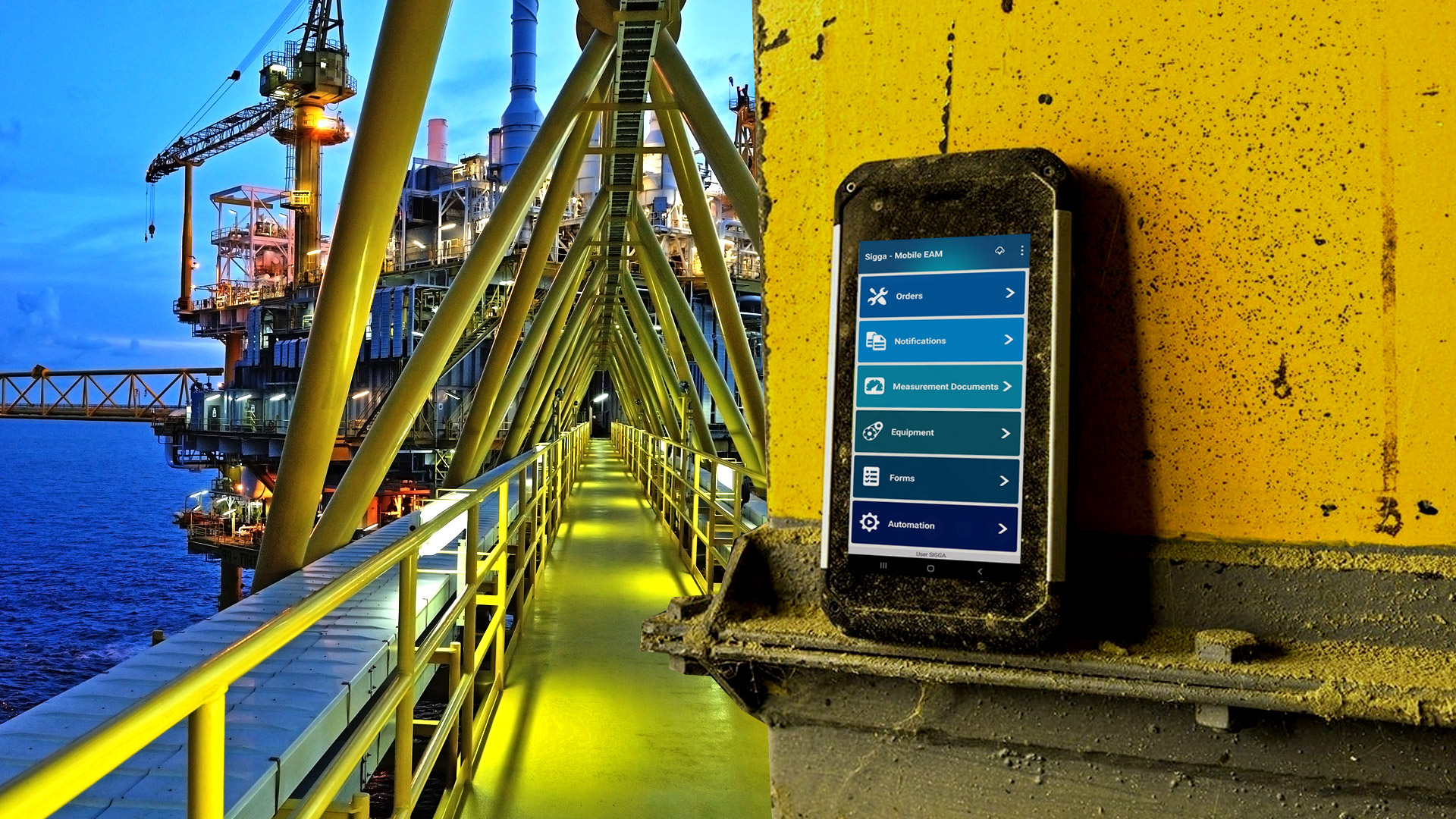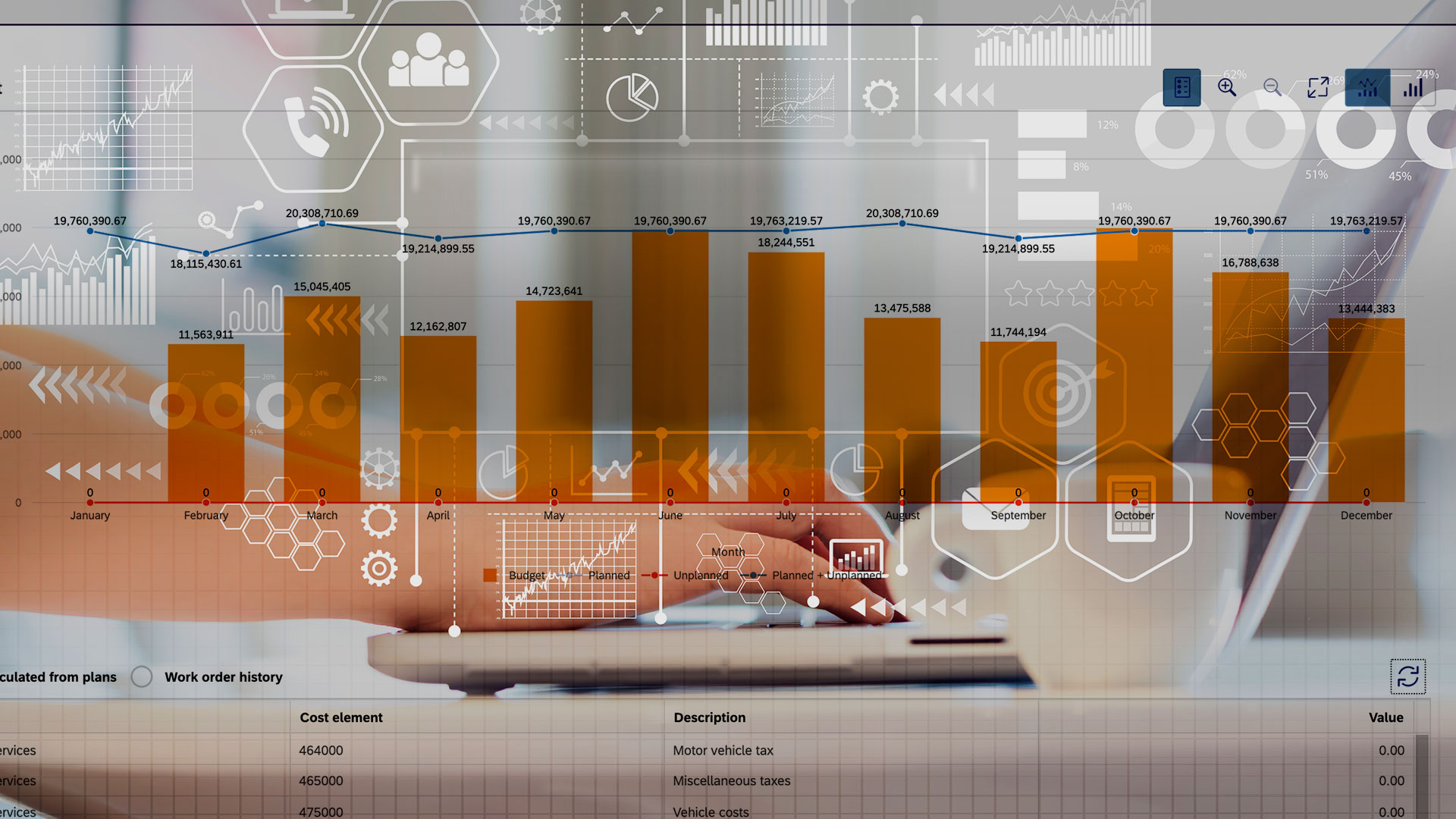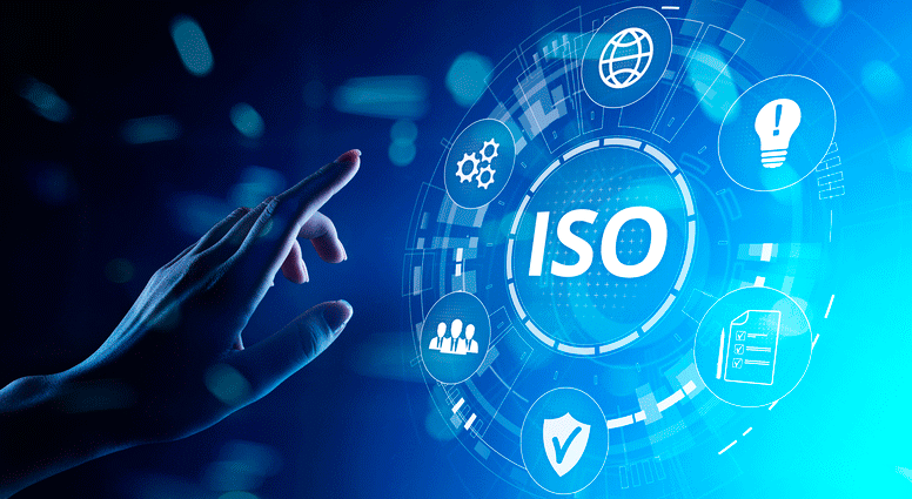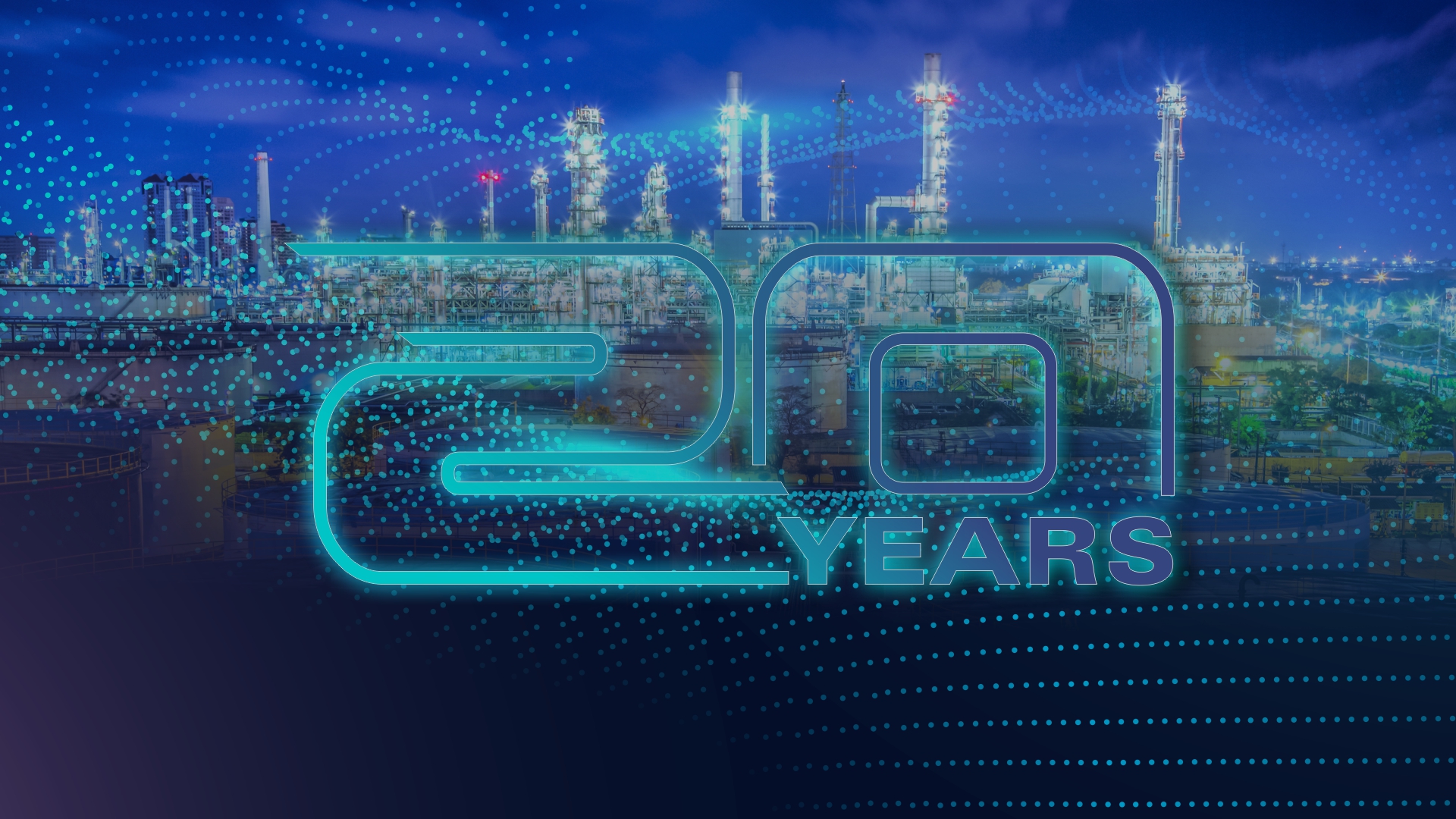Replacing your paper-based working processes and going fully digital with SAP PM requires consideration into the right software and mobile devices.First you need to identify the right mobile EAM app that will fully meet your needs. Your Second decision is to identify the mobile devices that will work for your various teams.As a leading supplier of mobile EAMapp for SAP, we have pulled together a list of mobile device features and options you may want to include in your research into mobile devices.
Feature Considerations When Selecting Mobile Devices
Rugged Mobile devices have become increasingly critical as technology, regulations,and working practicesevolve.In maintenance environments, conditions can be unpredictable, dangerous,or volatile. On top of this, there are usability, connectivity, liability, and employee safety considerations that all play a role in the types of mobile devices that are used on-site or in the field.Here’s some common features to consider:
Safety
Using electronic devices of any kind in hazardous maintenance environments creates a safety issue and violates codes and regulations, such as those set by OSHA.Hazardous areas include environments with combustible or ignitable substances, such as gasses or vapors. The hazardous designation is based on both the kind of hazard and the likelihood of the hazard being present.
Although according to Gayle Nicoll PhD, REP, ASP, CSP AECOM’s Americas Process Safety Lead, there’s been no incidents involving hazardous locations that have been directly attributed to PED(Personal Electronic Device)use”.So why the strict global regulations?Even A small risk is a risk and therefore understanding the regulations and implications for choice of mobile devices is critically important. In addition,employees must be aware, trained and adhere to the safety procedures for working in hazardous locations including use of electronic devices.
Look for devices specifically identified as“non-incendive”and are rated for the potential hazards in your work environments.Workers in the oil and gas industry, for example, are frequently exposed to risks that may include potential fires or explosions, and often complete their daily tasks in closely confined areas. Non-incendive devices are uniquely developed for these types of high risk environments to improve efficiency and safety.
Device Durability
Maintenance workers may be conducting inspections,taking measurements, servicing,or repairing equipment wherever the asset resides. This means that their devices could come into contact with liquids, grease, dust and debris, or extreme temperatures.
Often,smartphones and tablets must be durable for unusual circumstances, such as grease-coated fingers that may drop the device onto unforgiving surfaces.Devices Should be built to resist damage from drops of over a meter, submersion in water,operate within a range of temperatures,withstand vibrations and shocks,plus resistoil, dirt,or dust.Good news here is that the industry has set standards, tests, and rating scales for buyers to understand the degree of durability.For example, a smartphone rated at IP68 is “dust resistant” and can be “immersed in 1.5 meters of freshwater for up to 30 minutes.”
Battery Life
A reliable, long-lasting battery is crucial to completing a job by the end of a regular workday or supporting employees through an extended workday. In circumstances where normal battery life still isn’t sufficient, then alternative solutions should be in place to support work continuity. For example, the battery life can be supplemented with external batteries,or hot-swappable batteries.You can also provide convenient charging stations in strategic locations.
For industries that may encounter emergency repair situations without power,further backup battery plans should be considered beyond the normal day-to-day requirements.
Touchscreen Sensitivity
A versatile display is an enormous asset in any maintenance environment, which is why screen technology should be a key factor. For example, being able to clearly read the screen in poor or very bright light, such as direct sunlight, is important for field work, as is being able to navigate the screen and scroll while wearing gloves or in wet, snowy,or humid conditions.Many of today’s rugged smartphone and tablet models include integrated Corning Gorilla Glass For added durability or special screen coatings that can help resist oil and fingerprints.
Touchscreen sensitivity should be designed to readily discern human touch,even if the screen is slick from humidity, coated in dust, or the user has gloves on. This ensures that weather conditions and personal protective equipment (PPE) aren’t deterrents to job performance and productivity.Screen resolution also factor to consider depending on the content being viewed as part of your team’s work.
Device Consolidation
Maintenance workers often use multiple devices on the job for equipment inspections and testing. Switching between numerous devices can be time-consuming and inefficient. For instance, a field worker in the energy and utilities industry may have to tradeoff between two or more tools to test gauges while in a high-risk setting.
Instead of lugging around a few different devices, workers can use a single smartphone or tablet that consolidates a number of “tools”to reduce the time typically devoted towards routine tasks.Consider a rugged mobile device with a radiofrequency identification (RFID) or a barcode scanner that can simplify routines and directly integrate data into a work management app to update work orders or warehouse records. One less devices can mean at least one less step in the process.
Camera
Smartphoneand tabletcameras have been continually improving through the years. Camera resolution may not be a critical consideration, but there are many other options to consider, including the ability to capture images in low-light situations or sense and capture infrared images.
Processor, Memory and Storage
Choosing the right CPU performance, memory, and storage options will be critical for staff productivity.Working memory (RAM) must accommodate the data managed in today’s applications plus the potential for machine learning, artificial intelligence, augmented reality, and analytic capabilities of apps in the near future.Consider 4GB RAM memory as a minimum.
Storage memory is critical for worker productivity in locations without connectivity.Many mobile apps will store data on the mobile device to support continuous use of the app when the user is offline.Consider 128GB as the minimum storage memory.
Operating System
Your operating system choices are likely already established within your company policies and mobile device management security software. To decide on the right operating system for your industrial maintenance or warehouse operations, consider the availability of devices with the features you need.In addition, look at the operating systems supported by your choice of mobile EAMapplications.Generally, most device vendors and application providers support bothApple and Android operating systems.
Network Connectivity
Maintenance technicians and workers need to have full access to the information and use of their mobile devices anywhere they work. Many locations, such as certain spaces within a warehouse or on an offshore oil rig, have spotty network connections or no signal at all. Workers need the capabilities to access and collect data in areas with poor or zero network connectivity regardless of the industrial environment.
Smartphones and tablets with a minimum of 4G LTE and WIFI 5GHz key for optimal connectivity. The mobile device should be equipped to support Bluetooth 5.0, which has a substantially longer range and at least twice the data transfer speeds for secure, short-distance connections.Most smartphones and tabletsinclude2.4GHz and 5GHzWiFiconnectivityto your router infrastructure. WiFi extenders can also be strategically located to support certain working environments.
Also, consider native mobile apps for free offline access.Natively designedmobileEAMappsprovide the data that workers need in areas without connectivity so they can continuously collect information, review work orders,reference equipment manuals, or verify task completion.
Understanding Feature Options
There are many options in each of the features we have outlined above.The Mobile Device manufacturers help by grouping commonly requested features into a single rugged smartphone or tablet for typical industrial use cases. Identify your critical and nice-to-have features to make the right feature/price/model decisions to support each of your different work teams.
Download our feature guide to industrial mobile device features to specify your particular requirements.
How Sigga Can Help
Sigga has 20 years of experience in digitally transforming workflows across a range of asset-intensive industries who use SAP.We offer native mobile apps for maintenance and warehouse operations that deliver the full range of benefits enabled by a native mobile app, including faster performance, better security, and more streamlined use of features of the phone, such as the camera and GPS, from within the app.Or Apps Are designed specifically for full offline access to app features and data resources to support teams in any situation with a reliable user experience.
- Sigga’s Mobile EAM app keeps technicians in the field or plant with immediate access to information which results in greater productivity, real-time data visibility, and reduces maintenance costs.
- Sigga’s Warehouse and Inventory app improves efficiency of warehouse resources, increases data accuracy, and reduces inventory carrying costs.
- Sigga’s Planning and Scheduling solution improves maintenance effectiveness by automating many maintenance management activities from planning annual maintenance budgets to creating schedules that result in improved technician routing and increased asset uptime.









